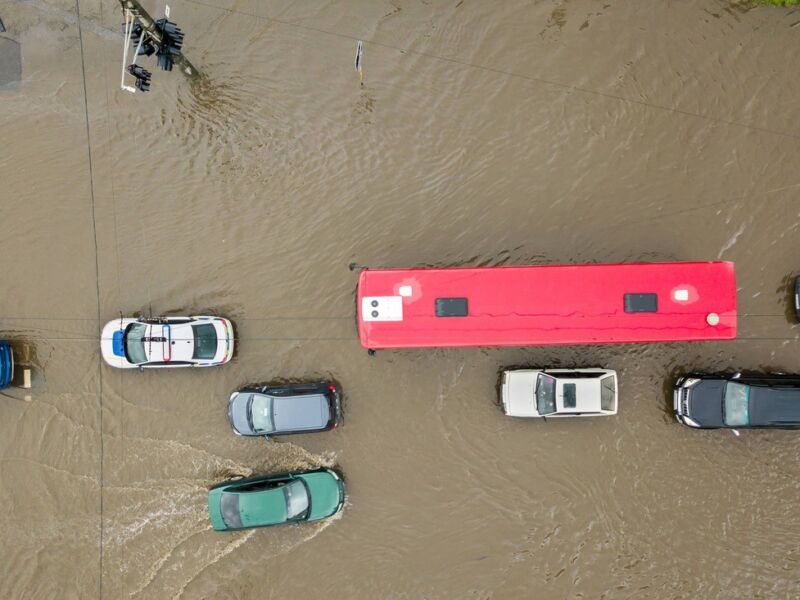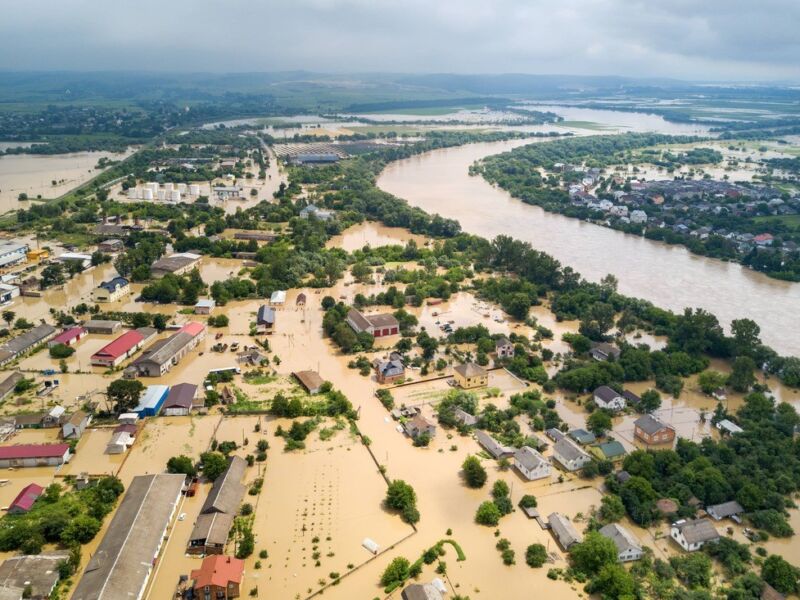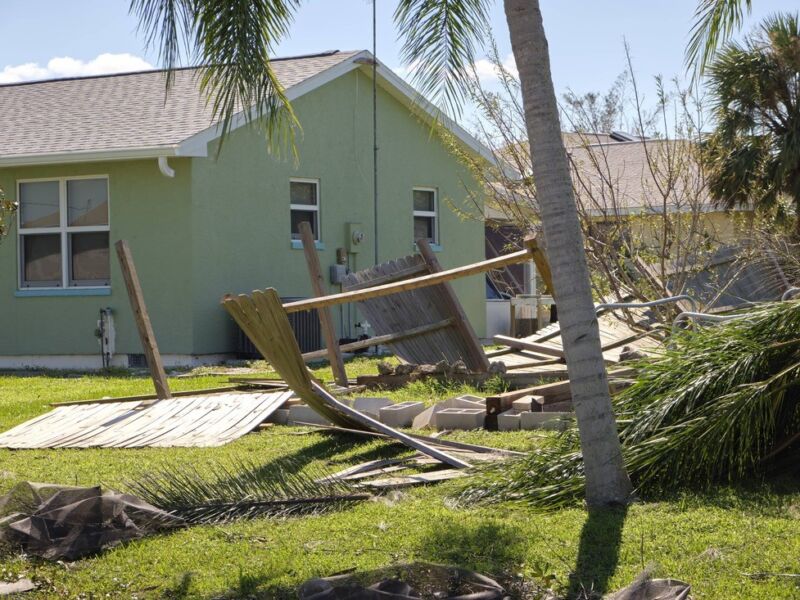
Introduction
Emergency response vehicles play a crucial role in providing quick and effective assistance during emergencies. These specialized vehicles are equipped with the necessary tools, equipment, and resources to respond to a wide range of emergencies, including natural disasters, accidents, and other critical situations. This article explores the importance of emergency response vehicles, their different types, features, and the role they play in disaster management.
Types of Emergency Response Vehicles

Ambulances
Ambulances are one of the most recognizable emergency response vehicles. They are equipped with medical equipment and supplies to provide immediate medical assistance to individuals in need. Ambulances often have stretchers, advanced life support equipment, and communication systems to coordinate with hospitals and emergency medical services.
Fire Trucks
Fire trucks, also known as fire engines, are specifically designed for firefighting operations. These vehicles carry firefighting equipment, such as hoses, ladders, and water tanks, to combat fires effectively. Fire trucks also have specialized features like aerial ladders and pumps to reach tall buildings and deliver a steady water supply.
Police Cars

Police cars are essential emergency response vehicles used by law enforcement agencies to maintain public safety and respond to crimes and emergencies. These cars are equipped with communication systems, emergency lights, sirens, and other specialized equipment to facilitate law enforcement operations.
Search and Rescue Vehicles
Search and rescue vehicles are used in emergencies that involve locating and rescuing individuals in hazardous environments. These vehicles are equipped with specialized tools, such as cutting equipment, ropes, and thermal imaging cameras, to aid in search and rescue operations. Search and rescue vehicles are commonly used in natural disasters, avalanches, and building collapses.
Features of Emergency Response Vehicles
Emergency Lights and Sirens
Emergency response vehicles are equipped with bright lights and sirens to alert other drivers and pedestrians of their presence. These lights and sirens help in clearing the way and ensuring a quick response to emergencies.
Communication Systems
Effective communication is crucial during emergencies. Emergency response vehicles are equipped with advanced communication systems, such as two-way radios and mobile data terminals, to stay connected with other emergency responders and dispatch centers.
Medical Equipment and Supplies
Ambulances and other medical response vehicles carry a wide range of medical equipment and supplies to provide immediate medical assistance. These may include defibrillators, oxygen supplies, bandages, and other essential medical tools.
Specialized Equipment
Different types of emergency response vehicles carry specialized equipment tailored to their specific functions. For example, fire trucks have hoses, ladders, and cutting tools, while search and rescue vehicles have ropes, harnesses, and thermal imaging cameras.
Role of Emergency Response Vehicles in Disaster Management
Emergency response vehicles play a crucial role in disaster management by ensuring prompt and effective response to emergencies. These vehicles are strategically positioned in different areas to provide quick assistance when needed.
During natural disasters like hurricanes, floods, or earthquakes, emergency response vehicles are deployed to affected areas to provide immediate medical care, rescue trapped individuals, and support evacuation efforts. They are equipped to handle the unique challenges and hazards posed by such disasters.
Emergency response vehicles also help in coordinating response efforts. Communication systems in these vehicles enable coordination between different emergency response teams, including police, fire, and medical services.
Furthermore, emergency response vehicles act as mobile command centers during large-scale emergencies. They serve as communication hubs, allowing emergency personnel to coordinate operations and access critical information on-site.
Conclusion
Emergency response vehicles are essential in ensuring quick and effective assistance during emergencies. These vehicles, including ambulances, fire trucks, police cars, and search and rescue vehicles, are equipped with specialized tools and equipment to handle various emergency situations. They play a crucial role in disaster management by providing immediate medical care, combating fires, maintaining public safety, and coordinating response efforts. The presence of well-equipped and strategically positioned emergency response vehicles can significantly improve emergency response times and contribute to saving lives.



